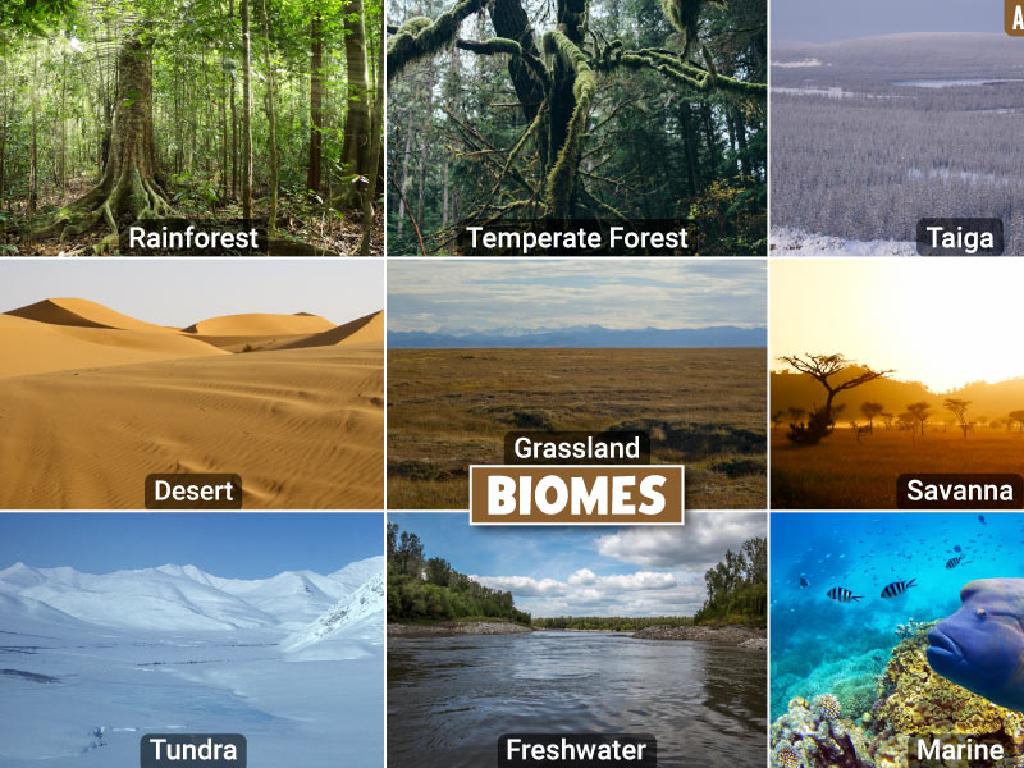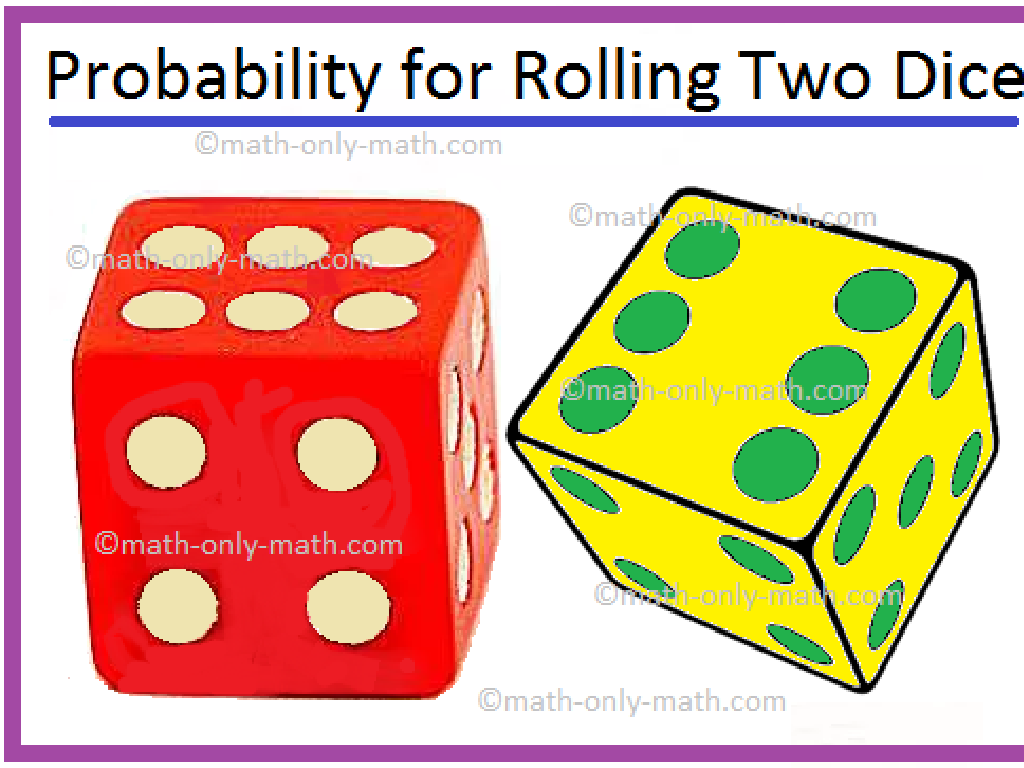Major U.S. Cities
Subject: Social studies
Grade: Fourth grade
Topic: Cities
Please LOG IN to download the presentation. Access is available to registered users only.
View More Content
Exploring Major U.S. Cities
– What is a city?
A city is a large town with many people and buildings.
– Cities’ role in America
Cities are important for jobs, culture, and living.
– Tour of U.S. major cities
We’ll ‘visit’ cities like New York, Los Angeles, and Chicago.
– Fun facts about big cities
Did you know New York is called ‘The Big Apple’?
|
This slide introduces students to the concept of cities and their significance in the United States. Begin by defining a city and discussing its characteristics, such as population density and infrastructure. Explain how cities are centers for employment, culture, and urban life. Provide a preview of the lesson where students will learn about major U.S. cities, including their history, geography, and interesting facts. Engage the students by asking if they have visited any big cities or what they imagine when they think of a city. This will set the stage for a more in-depth exploration of specific cities in the following slides.
Exploring Cities: What is a City?
– Definition of a city
– An area where many people live and work, with many buildings and streets
– Cities vs. towns vs. villages
– Cities are larger than towns and villages and have more services
– Characteristics of a city
– Cities have large populations, advanced infrastructure, and various services like schools and hospitals
– Examples of major U.S. cities
– New York City, Los Angeles, Chicago: each has unique features and services
|
This slide introduces students to the concept of a city and how it differs from towns and villages. Begin by defining a city as a densely populated area with extensive systems for housing, transportation, sanitation, utilities, land use, and communication. Highlight the differences in size, governance, and services available in cities compared to towns and villages. Discuss characteristics such as population size, infrastructure like roads and public transport, and services including emergency services, education, and healthcare. Use examples of major U.S. cities to illustrate these points, and encourage students to think of cities they’ve visited or heard about. This will help them grasp the scale and complexity of urban areas.
Why are Cities Important?
– Cities boost the economy
– Cities have businesses and jobs that help our country grow.
– Cities are cultural hotspots
– They’re places where art, music, and traditions thrive.
– Cities as transportation hubs
– Cities have airports, train stations, and bus routes that link us together.
– Connecting people and places
|
This slide aims to explain the significance of cities in various aspects of life. Cities are often the driving force of a country’s economy due to the concentration of businesses, services, and industries that create jobs and wealth. Culturally, cities are melting pots of diversity where various forms of art, music, and cultural events are celebrated, preserving traditions and fostering innovation. Transportation is another key aspect, with cities serving as major hubs for airlines, railways, and highways, facilitating the movement of people and goods across the country and beyond. Encourage students to think about their experiences in cities or what they might expect, and discuss how cities connect to their lives, even if they don’t live in one.
Exploring New York City
– Introduction to New York City
– Famous NYC landmarks
– Statue of Liberty, Empire State Building
– NYC’s cultural significance
– Melting pot of cultures, arts, and cuisine
– NYC as a financial hub
– Home to Wall Street and major businesses
|
New York City is not only the most populous city in the United States but also a symbol of the nation’s diversity and economic strength. Begin with a brief introduction to the city, highlighting its location and significance. Discuss famous landmarks like the Statue of Liberty, which represents freedom and democracy, and the Empire State Building, an architectural marvel. Explore the city’s cultural richness, from Broadway shows to its status as a melting pot of various ethnicities and traditions. Lastly, touch on its role as a financial center, with Wall Street being the heart of the financial industry. Encourage students to think about how a city can influence the country’s culture and economy.
Exploring Los Angeles
– Introduction to Los Angeles
– LA is a major U.S. city in California
– Home of the entertainment industry
– Known for Hollywood and movie stars
– A melting pot of cultures
– People from many backgrounds live here
– Los Angeles’ global influence
|
Los Angeles, often known by its initials LA, is a prominent city in the state of California. It’s widely recognized as the center of the nation’s film and television industry, thanks to Hollywood. This slide aims to introduce students to the significance of LA in terms of entertainment and its cultural diversity. Discuss how people from all over the world live in Los Angeles, contributing to its status as a melting pot of cultures with a variety of food, art, and traditions. Highlight the city’s global influence in media, fashion, science, technology, and education. Encourage students to think about how a city’s culture can be shaped by the industries it hosts and the diversity of its population.
Exploring Chicago: The Windy City
– Discovering Chicago
– Chicago’s trade importance
– A hub for goods moving across the U.S.
– Architectural landmarks
– Home to the Willis Tower and innovative skyscrapers
– The Great Chicago Fire
– A tragic event that led to a city reborn with safer buildings
|
Introduce Chicago as one of the major cities in the United States, known for its significant contributions to trade and transportation due to its strategic location. Highlight Chicago’s architectural achievements, including its famous skyscrapers and the influence of the Great Chicago Fire on modern building codes and safety regulations. Encourage students to think about how cities can recover and innovate after disasters. Discuss the city’s history, its role in the economy, and its cultural importance. Provide images or stories of Chicago’s famous landmarks to help students visualize the city’s unique character.
Exploring Other Major U.S. Cities
– Overview of major cities
– Cities like Chicago, Houston, Phoenix, and more
– Unique city features & facts
– Chicago’s deep-dish pizza, Houston’s Space Center
– U.S. cities’ geographic diversity
– From deserts to lakes, cities have diverse landscapes
– Cultural significance of cities
|
This slide aims to give students a brief overview of the variety and uniqueness of major U.S. cities beyond the most commonly known ones. Discuss cities such as Chicago, known for its iconic deep-dish pizza, and Houston, famous for the NASA Space Center. Highlight the geographic diversity, from the deserts of Phoenix to the Great Lakes near Chicago. Emphasize the cultural significance of each city and how it contributes to the nation’s identity. Encourage students to think about what makes each city special and how geography can influence the lifestyle and culture of its inhabitants.
Class Activity: Create Your City!
– Divide into small groups
– Build a model city with crafts
– Use cardboard, paper, markers, etc.
– Include buildings, roads, parks
– Think about what makes a city special
– Present your city to the class
– Explain why you chose each feature
|
This activity is designed to foster teamwork and creativity among students as they learn about the major features of U.S. cities. By dividing the class into small groups, each set of students can collaborate to create a unique city model using craft materials provided. Encourage them to include various city elements such as buildings, roads, parks, and landmarks that they have learned about. After the construction phase, each group will present their model to the class, explaining the significance of each feature they included. This will help them understand the planning and structure of cities. Possible variations of the activity could include focusing on environmental features, historical landmarks, or imagining future cities.
Wrapping Up: Major U.S. Cities
– Recap of U.S. cities we explored
– Cities’ roles in our daily lives
– Cities are centers for jobs, culture, and community
– Share your city discoveries
– What did you find most interesting about each city?
– Reflect on today’s learning
– Think about how cities connect to history and innovation
|
As we conclude today’s lesson on major U.S. cities, start by recapping the cities discussed, such as New York, Los Angeles, and Chicago. Emphasize the significance of cities as hubs of economic activity, cultural diversity, and social interaction. Encourage students to share one fact they learned about each city, fostering a collaborative learning environment. Prompt them to reflect on how cities contribute to the country’s history and are often at the forefront of technological and cultural advancements. This reflection will help solidify their understanding of the material covered and the relevance of cities in the broader context of their lives and society.






